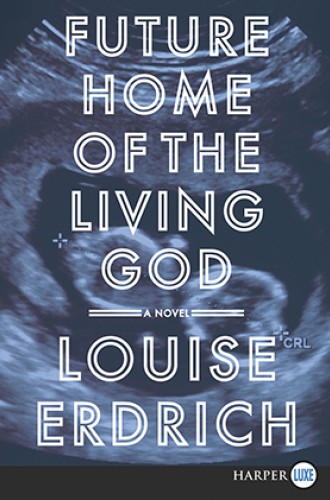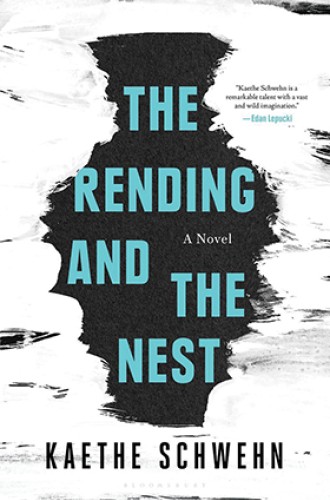What happens after you survive an apocalypse?
The lively dystopian worlds of Louise Erdrich and Kaethe Schwehn
Two Minnesota novelists take their readers into dystopian worlds. In each novel, a contemporary young woman from Minneapolis must deal with the end of civilization as we know it. Each woman has an undefined relationship with the father of her child. Each refers often to the Christian faith—one having recently embraced it while the other has rejected it. And each one must flee when others want the child she’s carrying.
Louise Erdrich is one of our country’s greatest living storytellers and the award-winning author of 16 novels. Her heroine, 26-year-old Cedar, is the adopted child of a loving couple of “idealistic liberals.” Newly pregnant, she must decide how to tell her parents her news and what to do about her lack of health care and an undefined relationship with the baby’s father. She is part Native American, and when her Ojibwe birth mother makes contact, Cedar drives to see her, hoping to establish ties for the baby’s sake and ask about any genetic concerns in the family history.
Meanwhile, on the radio and Internet are warnings of an impending reproductive catastrophe. Mutant genes are manifesting themselves in insects and animals. Odd, regressive traits are seen in newborns. People are panicking. When the government begins to round up pregnant women who may be carrying the last normal fetuses, Cedar goes into hiding and begins writing a journal for her unborn child, a chronicle of “a world running backward. Or forward. Or maybe sideways.”







